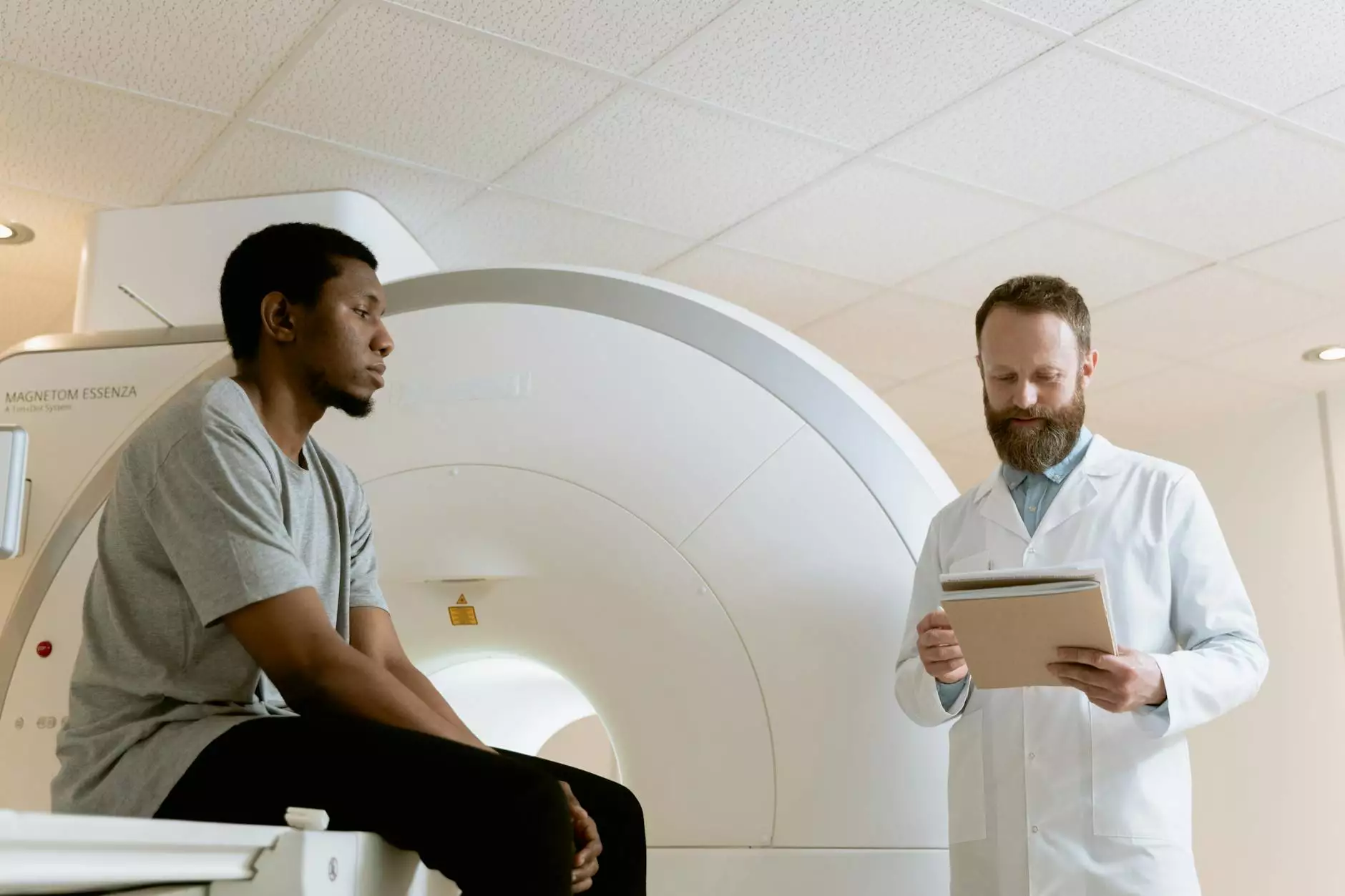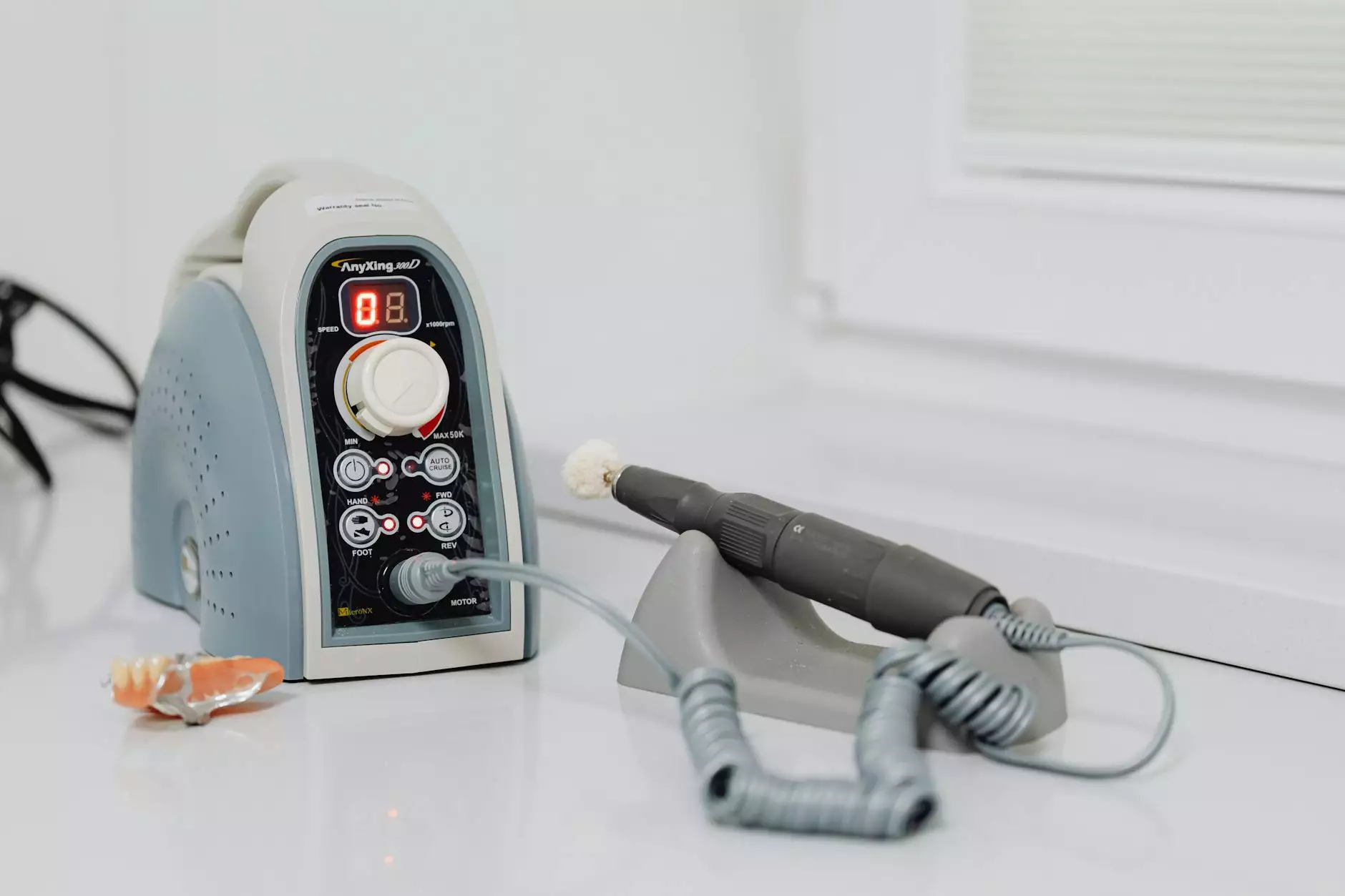Understanding VATS Lung Surgery: A Comprehensive Guide

In recent years, advancements in medical technology have dramatically improved the outcomes of various surgical procedures. One such advancement, Video-Assisted Thoracoscopic Surgery (VATS), has revolutionized the approach to lung surgeries. This minimally invasive technique allows surgeons to operate with precision, reduced recovery times, and less post-operative pain. In this detailed article, we will explore the nuances of VATS lung surgery, its benefits, the procedure, recovery expectations, and its significance in the medical field.
What is VATS Lung Surgery?
Video-Assisted Thoracoscopic Surgery (VATS) is a minimally invasive surgical technique used primarily for procedures involving the lungs and the chest. Unlike traditional open surgery, which requires large incisions and significant disruption to the body, VATS utilizes small incisions and a thoracoscope— a thin tube with a camera and light at the end—to visualize the surgical area. This method offers a variety of benefits, including:
- Minimized Pain: Smaller incisions translate to less tissue damage, resulting in lower post-operative pain.
- Shorter Recovery Time: Patients typically experience a quicker recovery and can return to daily activities sooner.
- Reduced Risk of Complications: Minimally invasive techniques generally lead to fewer complications during and after surgery.
- Better Cosmetic Results: The smaller incisions used during VATS often result in less noticeable scars.
Indications for VATS Lung Surgery
VATS can be utilized for a range of conditions affecting the lungs and thoracic cavity, including:
- Lung Biopsy: Obtaining samples of lung tissue to diagnose conditions like cancer or infections.
- Removal of Lung Lesions: Surgical removal of tumors or other abnormal growths.
- Pleural Procedures: Treatment of fluid accumulation in the pleural space.
- Decortication: Removal of fibrous layers covering the lungs, often necessary for complications like empyema.
- Wedge Resection: Removal of a small section of the lung, usually performed when small tumors or lesions are present.
The VATS Procedure: Step-by-Step
Understanding the procedure can demystify VATS lung surgery for patients. The typical steps involved in a VATS procedure include:
Pre-operative Preparation
Before the surgery, patients undergo a thorough assessment that includes imaging studies such as CT scans, pulmonary function tests, and discussions about medical history and medications. It's essential for patients to follow their healthcare provider's instructions regarding fasting and medication adjustments prior to the surgery.
Anesthesia Administration
On the day of the surgery, a healthcare professional will administer general anesthesia, ensuring the patient is completely unconscious and free of pain during the procedure.
Instrumentation and Incision
The surgeon makes typically between 2 to 4 small incisions in the chest wall, through which the thoracoscope and surgical instruments will be inserted. The thoracoscope provides real-time video, allowing the surgeon to visualize the lungs and surrounding structures on a monitor.
Execution of the Surgical Procedure
Once the instruments are in place, the surgeon can perform the necessary surgical actions, be it a biopsy, removal of a lesion, or treatment of other lung conditions. The minimally invasive nature of VATS allows for delicate maneuvers with reduced trauma to surrounding tissues.
Closure and Recovery
After the surgical intervention is completed, the surgeon carefully removes the instruments, and the small incisions are closed with sutures or surgical glue. The patient is then taken to the recovery area to be monitored as they wake from anesthesia.
Benefits of VATS Lung Surgery
The advantages of VATS lung surgery extend beyond those identified earlier. They encompass aspects like:
- Shorter Hospital Stays: Many patients may be discharged within a day or two after surgery, compared to longer stays with open surgery.
- Less Need for Pain Management: Patients often report needing less pain medication post-operatively.
- Improved Lung Function Recovery: The lung typically can recover more quickly due to less trauma and manipulation.
- Increased Surgical Precision: The high-definition camera allows surgeons to view the surgical site with enhanced clarity, leading to better precision.
Potential Risks and Considerations
While VATS lung surgery is considered safe and effective, it's essential to be aware of potential risks and complications, including:
- Bleeding: Though rare, excessive bleeding may occur during or post-surgery.
- Infection: As with any surgery, there is a risk of infection at the incision sites.
- Pneumothorax: Introducing air into the pleural space can cause the lung to collapse.
- Atelectasis: A partial collapse of the lung can occur post-operatively but is manageable with physical therapy.
The Role of Neumark Surgery in VATS
At Neumark Surgery, our team of experienced specialists is dedicated to providing the highest standard of care in minimally invasive lung surgery. Our state-of-the-art facilities are equipped with the latest technology and our surgeons are trained in advanced surgical techniques, ensuring optimal outcomes for our patients. We prioritize patient education and support, keeping you informed throughout your surgical journey.
Preparing for Your VATS Lung Surgery
Preparation for VATS lung surgery is key to ensuring a smooth experience and positive outcome. Here are some tips for patients:
- Follow Medical Instructions: Adhere closely to any preparatory measures outlined by your healthcare team.
- Discuss Medications: Be transparent about all medications and supplements you are taking, as some may need to be adjusted or paused.
- Arrange for Post-Surgery Care: Have a trusted friend or family member available to help during your initial recovery.
- Stay Informed: Don’t hesitate to ask questions about the procedure, recovery, and what to expect.
Post-Operative Care and Recovery
Post-operative care following VATS lung surgery is crucial for a successful recovery. Recommendations typically include:
- Rest: Allow your body time to heal; avoid strenuous activities initially.
- Pain Management: Follow prescribed pain management strategies and communicate with your healthcare provider about any concerns.
- Breathing Exercises: Engage in breathing exercises as advised to maintain lung function and promote recovery.
- Follow-up Appointments: Attend all scheduled follow-up appointments to monitor your recovery progress.
Conclusion
In conclusion, VATS lung surgery is an innovative approach to addressing various pulmonary conditions. Its minimally invasive nature allows for significantly improved patient experiences, with benefits such as reduced pain, quicker recovery, and less risk of complications. If you or a loved one are facing lung surgery, consider consulting with specialists at Neumark Surgery to explore the advantages of VATS and receive comprehensive care tailored to your needs.
Contact Us
For more information about VATS lung surgery or to schedule a consultation, please visit our website at neumarksurgery.com or contact our office directly. Our team is here to support you on your journey to better lung health.









